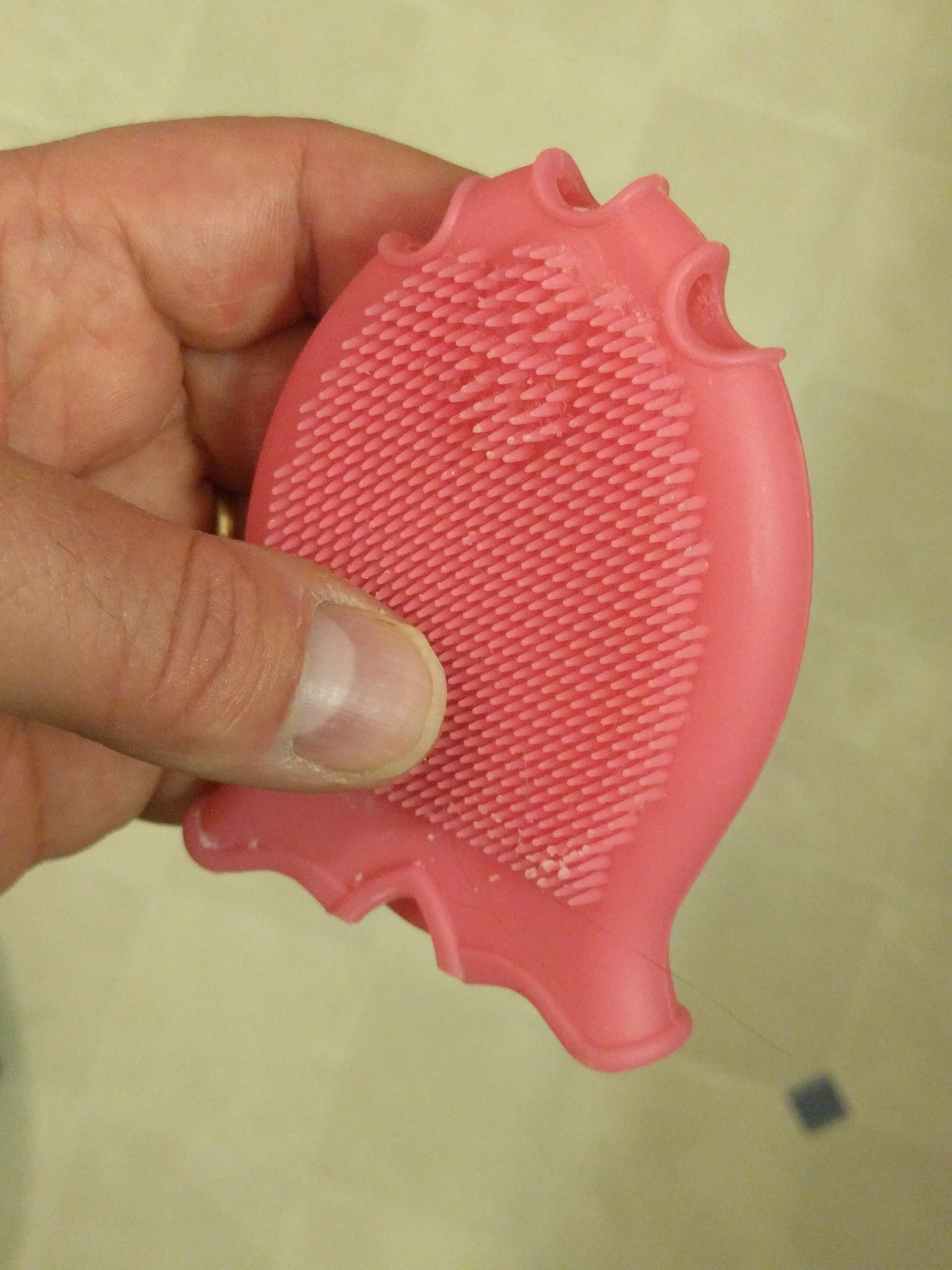It has been very difficult to utilize the very noticeable feeling when one touches or holds an actuator. It may be that the sensation the one can feel when reaching out to touch an actuator it from a different type of receptor. There are 4 types of mechanoreceptors on our skin. The Meissner's corpuscles respond to light touch in the 10 -50 Hz range while Lamellar corpuscles respond to faster changes in the 250 Hz range. Actuators are optimized for the 250 Hz range.
It is also interesting to learn how the body responds to multiple points of touch. If the points are close enough the skin can't distinguish them but that was not the interesting thing to me. If one point of contact is within the region of a particular receptors and a second point is in the adjacent receptor's region of response the signal sent indicates the union of the two regions.
I think this may allow the skin to have a larger dynamic range. I could not find an answer in the literature (didn't look that long) but it makes sense to me that if many regions are stimulated the the detection limit of sensation would go down. This leads me to try a different approach. Maybe large pads of flexible points will allow for the detection of smaller signals. We could divide the forehead into five segments each one with an actuator. When the actuator vibrates ever so slightly the entire section of the forehead would feel it. This may allow for finer distinction in levels and allow for better depth perception.
Maybe they could be made out of something like this thing made to hold a bar of soap.

 George Albercook
George Albercook
Discussions
Become a Hackaday.io Member
Create an account to leave a comment. Already have an account? Log In.